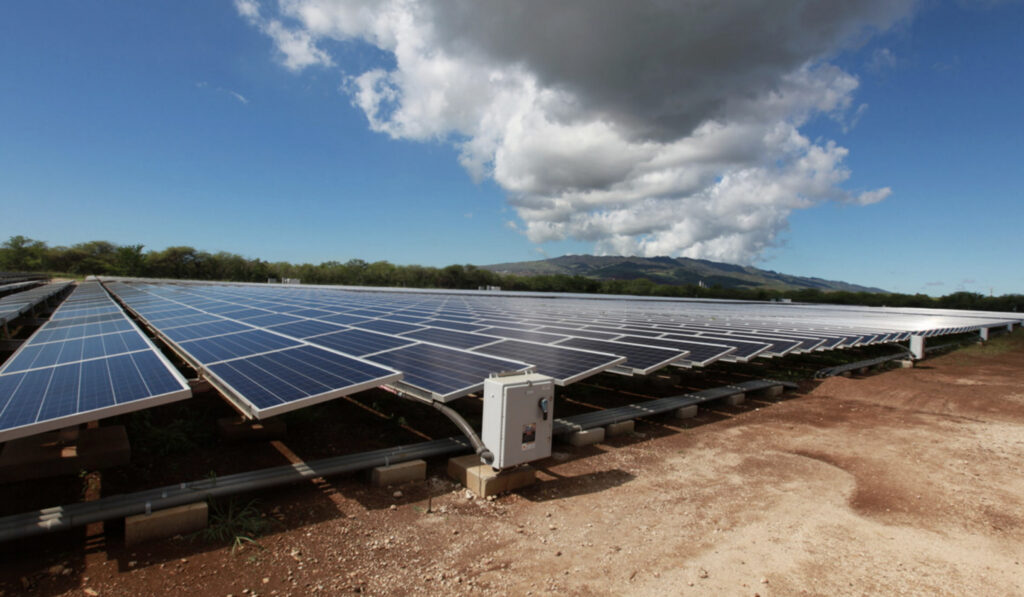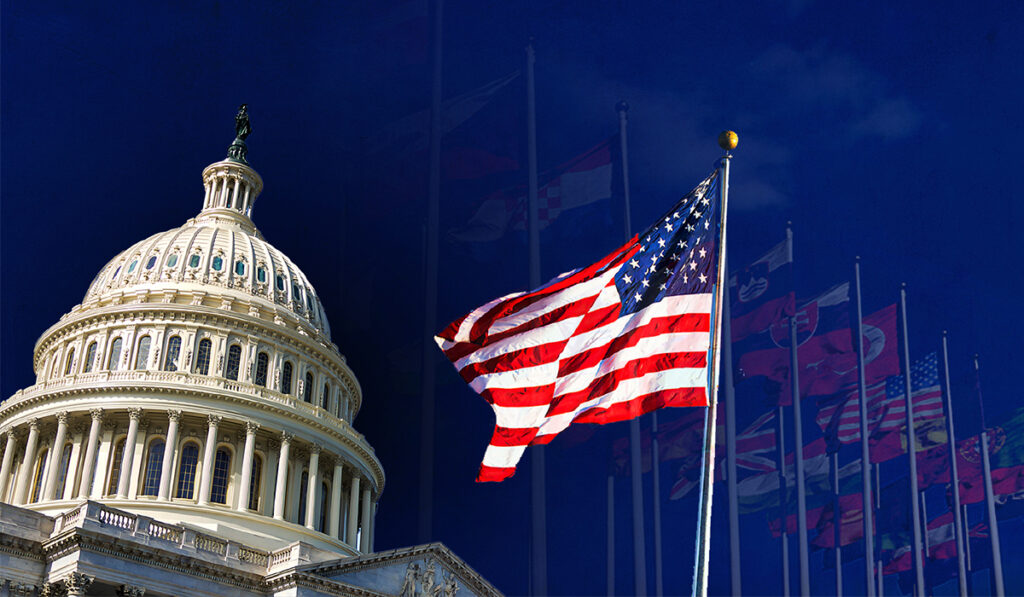
As of May 12, 2025, the United States and China have reached a significant agreement to de-escalate their ongoing trade tensions. Following high-level negotiations in Geneva, both nations consented to a 90-day reduction in tariffs, aiming to alleviate economic strain and foster a more constructive dialogue.
Under this accord, the U.S. will lower tariffs on Chinese imports from 145% to 30%, while China will reduce its tariffs on American goods from 125% to 10% . This mutual concession is intended to provide temporary relief to businesses and consumers affected by the trade war and to create a conducive environment for further negotiations.
President Donald Trump characterized the development as a “total reset” in U.S.-China relations, expressing optimism about reaching a comprehensive trade agreement within the 90-day window. He also indicated plans to meet with Chinese President Xi Jinping in the near future to advance discussions.
President Donald Trump announced Monday that the United States will significantly raise tariffs on Chinese imports if the two countries fail to finalize a trade agreement within the next 90 days. While he stopped short of reinstating the recently reduced 145% tariff rate, Trump made clear that even higher tariffs remain on the table if negotiations stall.
Speaking at a press conference following a weekend of talks between U.S. and Chinese officials in Geneva, Trump said he remains hopeful that a deal can be struck within the designated timeframe, but warned of steep consequences if not.
“If we don’t get a deal in 90 days, the tariffs will go up — substantially higher,” Trump said in response to a reporter’s question. “At 145%, you’re basically looking at a full decoupling. Nobody is going to buy Chinese goods at that rate… but yes, they could go back up.”
Just last month, the Trump administration raised tariffs on all Chinese imports to an unprecedented 145%, escalating tensions and sparking backlash from U.S. businesses and international trade partners. The tariffs were then reduced following high-level diplomatic meetings in Geneva this past weekend, where both sides agreed to resume trade negotiations in earnest.
While the rollback from the 145% level signaled a potential thaw in U.S.-China trade relations, Trump’s latest remarks underscore the fragility of the ongoing discussions. He made clear that the current truce is temporary and conditional on China agreeing to a more balanced trade framework that addresses long-standing concerns over intellectual property theft, market access restrictions, and state subsidies to Chinese industries.
“I think you will have a deal, however,” Trump added.
The President’s comments come amid renewed global concerns over the impact of the U.S.-China trade conflict on financial markets, global supply chains, and consumer prices. Economists have warned that a prolonged or intensified trade war could hurt growth on both sides of the Pacific and disrupt business confidence worldwide.
White House officials have not released specific details about the new round of negotiations, but sources familiar with the talks suggest that U.S. Trade Representative Katherine Tai and Chinese Vice Premier Liu He will lead upcoming discussions, with a goal of producing a broad framework before the end of the 90-day window.
Despite signs of progress, major sticking points remain. Washington is seeking enforceable commitments from Beijing on curbing forced technology transfers, ending discriminatory regulations against foreign firms, and addressing the massive trade imbalance between the two nations. Beijing, for its part, has demanded the complete removal of punitive tariffs and greater assurance of fair treatment for Chinese companies doing business in the U.S.
As the clock ticks down on the 90-day deadline, businesses on both sides of the Pacific are bracing for further volatility. Many U.S. manufacturers and retailers say they’ve already been hurt by the uncertainty, while Chinese exporters warn that even temporary tariff hikes could cause long-term damage to critical trade relationships.
With Trump signaling a readiness to impose even harsher penalties, the pressure is on negotiators to deliver tangible progress — or risk plunging the world’s two largest economies into a deeper, more damaging standoff.
News Source: Financial Times

Bella Richardson is a dedicated journalist and news analyst known for her clear, thoughtful reporting and her ability to make complex stories accessible to a broad audience. With a Master of Science in Mass Communication, she brings both academic insight and real-world experience to her coverage of breaking news and trending topics throughout the United States.






